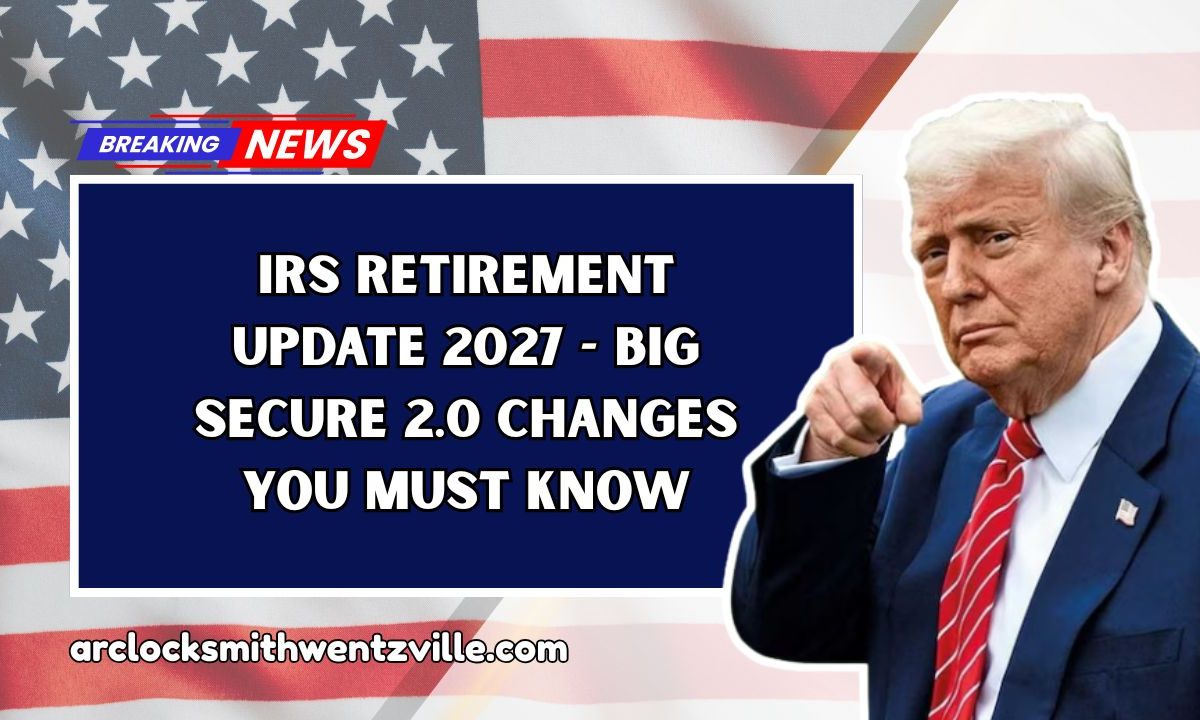Retirement savings is one of the most important financial steps for any American. Many people find themselves asking: should I put my money into a Traditional account or a Roth account? The answer depends on your income, tax situation, and long-term plans.
With the new SECURE 2.0 Act, the IRS has introduced updates that change how people can save for retirement.
These changes affect catch-up contributions, tax rules, and the way high-income earners contribute. In this article, we will explain everything in a simple and easy way so that even a 15-year-old can understand.
Traditional vs Roth Retirement Contributions
When saving for retirement, Americans usually pick between Traditional and Roth contributions. At first, the choice looks small, but it can have a big impact on taxes.
Traditional Contributions
- Money goes in before taxes.
- You do not pay tax on contributions today.
- But when you retire and take money out, you pay tax on both savings and earnings.
Roth Contributions
- Money goes in after taxes.
- You first pay tax, then contribute.
- At retirement, you can withdraw both savings and growth tax-free.
Simple Example of Traditional vs Roth
Let us look at a simple case:
| Type of Account | Contribution | After Tax | Growth Value | Withdrawal |
|---|---|---|---|---|
| Traditional Account | $100 | $100 | $250 | Taxed later |
| Roth Account | $100 | $78 (after 22% tax) | $200 | Tax-free |
Key takeaway: Traditional helps save tax today, while Roth helps save tax later when you retire.
Why People Choose One Over the Other
People make the choice based on factors like:
- Income tax bracket – Higher earners may like Traditional to cut tax today.
- Future tax rules – If you think taxes will go up, Roth is safer.
- Retirement income needs – Some people want tax-free income later in life.
- State tax laws – Different states handle retirement taxes in different ways.
SECURE 2.0 Act – What Changed
The SECURE 2.0 Act became law on December 29, 2022. It introduced several changes to make retirement savings stronger.
Main Highlights
- Catch-up contributions: From 2025, people aged 60+ can add up to $11,250 extra each year.
- Delayed withdrawals: The age for required minimum distributions (RMDs) is now later.
- Employer match: Employers can now put matching contributions into Roth accounts.
- Automatic enrollment: Many jobs will auto-enroll workers into retirement plans.
Special Rule for High-Income Earners
One of the most important changes affects high-income workers. If you earn more than $145,000:
- From 2027, your catch-up contributions must be made as Roth (after-tax).
- Normal contributions (up to $23,500 in 2025) can still be Traditional or Roth.
- The extra catch-up money ($7,500+) must be Roth only.
This means people earning more will need to pay taxes on these contributions upfront.
What the IRS Recently Clarified
The IRS has given extra details about these rules:
- These changes will only apply from 2027, not earlier.
- SIMPLE plans will also enjoy higher catch-up limits.
- Employers will follow clear rules on how wages are counted for the Roth requirement.
What This Means for You
- If you earn less than $145,000, you can freely choose Traditional or Roth for all contributions.
- If you earn more than $145,000, be ready for Roth-only catch-up rules in 2027.
- The changes aim to make retirement saving fairer and easier for all income groups.
The IRS updates under the SECURE 2.0 Act bring both opportunities and responsibilities for retirement savers. With higher catch-up contributions, later withdrawals, and Roth-only rules for high earners, these changes will reshape how Americans plan for retirement.
The best strategy depends on your income, tax bracket, and long-term goals. Planning early will give you the chance to enjoy a comfortable and stress-free retirement.
FAQs
What is the main difference between Traditional and Roth contributions?
Traditional helps you save tax today but you pay later. Roth makes you pay tax now, but withdrawals are tax-free.
When will the new Roth rule for high-income earners start?
The rule will begin in 2027 for people earning above $145,000 who make catch-up contributions.
How much can people aged 60+ contribute after the SECURE 2.0 Act?
From 2025, they can add up to $11,250 extra in catch-up contributions to their retirement accounts.




